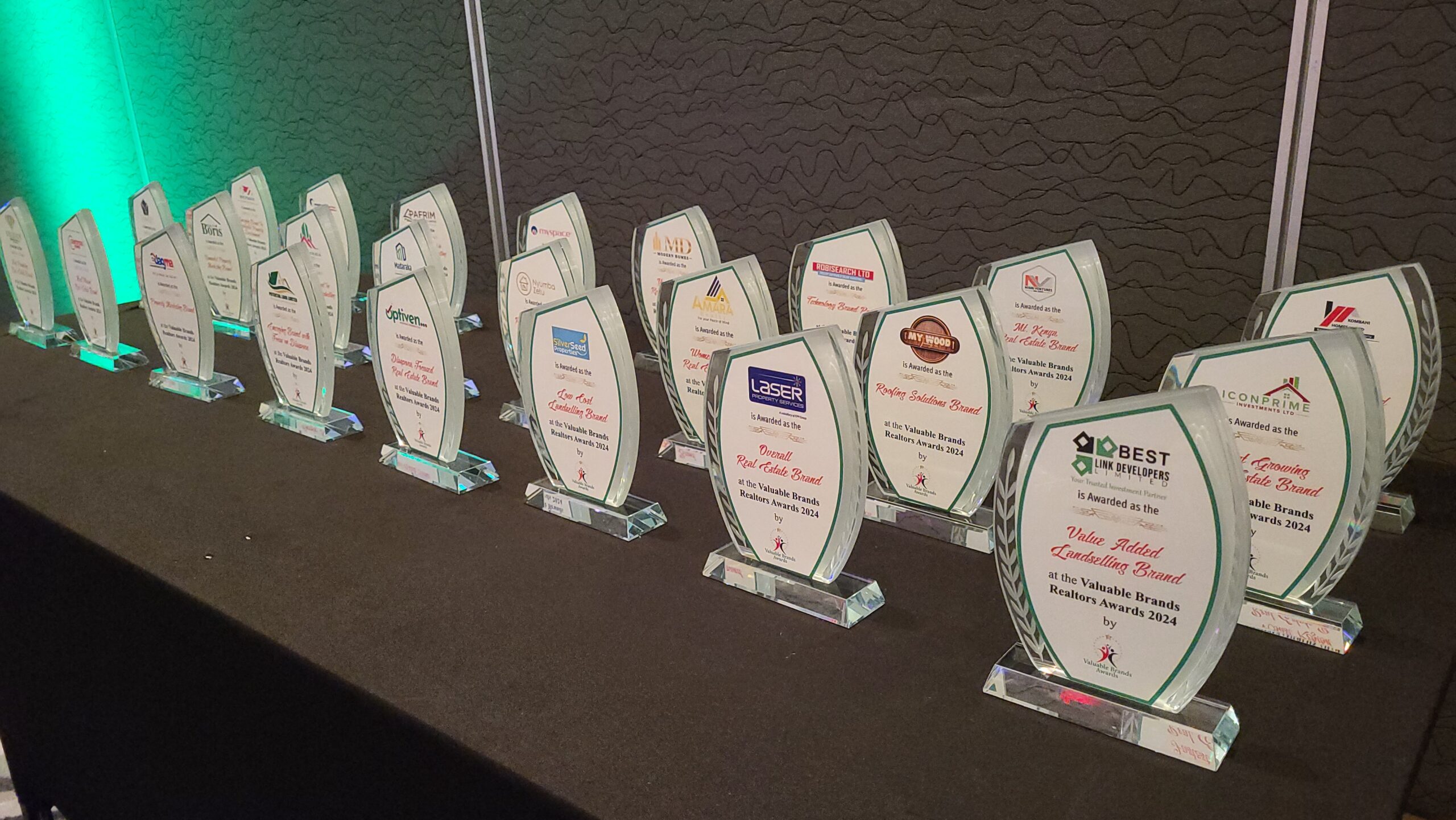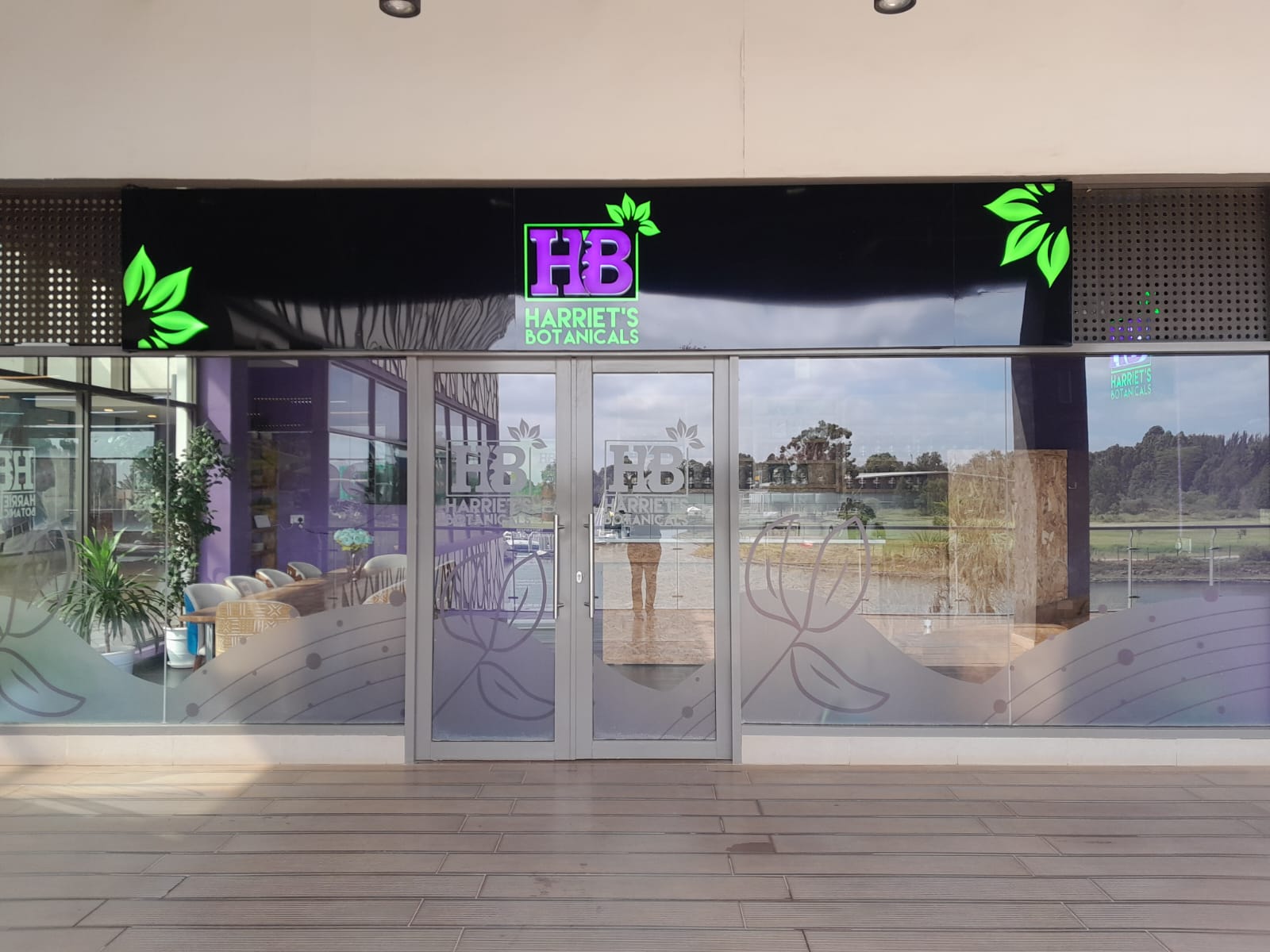Introduction: The Power of Brand Consistency in Signage
In Kenya’s vibrant economy—whether you’re in Nairobi, Mombasa, or Kisumu—every brand competes not just for attention, but for trust and memorability. Consistent branding across both digital and physical platforms reinforces credibility, customer recall, and business professionalism. Signage plays a vital role here: it’s often the first—or most lasting—brand touchpoint your audience experiences. From your office façade to interior wayfinding, consistent signage ensures your brand identity resonates deeply and authentically with customers.
In this article, we’ll explore how signage can unify your brand storytelling and elevate your corporate identity across Kenya’s dynamic marketplaces.
1. Why Brand Consistency on Signage Matters
-
First Impressions Impact Trust
Research consistently shows that brands perceived as consistent are seen as more trustworthy. Cohesive signage fosters an impression of professionalism—key for first-time visitors or corporate clients.
-
Enhanced Recognition and Recall
Continuity in logo use, colours, typography, and tone helps encourage brand recognition. People retain visuals—even subconsciously—for longer when they see unified design elements across touchpoints.
-
Reinforcing Brand Messaging
Consistent signage ensures that essential branding—like taglines, visuals, and fonts—carry the same meaning whether viewed online, at a storefront, or inside an office foyer.
-
Strengthened Internal Culture
When staff encounter branded environments (meeting rooms, reception, corridors), it reinforces their connection to the brand and the experience they deliver to customers.
2. Key Elements of Consistent Signage Design
a. Logo Usage that Aligns with Brand Guidelines
Your signage should feature your logo in the correct form, colour, and placement as outlined in your brand manual. Scaled incorrectly or distorted logos dilute brand integrity.
b. Colour Palette Consistency
Keep signage colours within your brand’s palette. In Kenyan sunlight or at night under LEDs, colours can look different—consistent choices ensure visibility and deeper brand association.
c. Typography and Tone Sync Across Platforms
Your signage text—whether a tagline or direction—should echo your digital fonts and messaging tone. If your brand voice is bold and confident, let the signage reflect that.
d. Keep Materials & Finish Cohesive
If your brand theme is modern and sleek, use brushed metal or matte acrylic. If eco-friendly, choose reclaimed wood or recycled metal with natural finishes. Material choice is an extension of brand promise.
3. Local Context: Why Consistency Matters in Kenya
-
Multichannel Visibility
Kenyans encounter brands across billboards on Thika Road, vehicle liveries, malls like Two Rivers, and digital platforms. Uniform signage across these touches builds familiarity amidst high visual noise.
-
Cross-Cultural Trust
Consistently branded signage—especially when uniform in urban and rural locations—signals reliability and professionalism to a diverse customer base.
-
Retail Fragmentation
SMEs in markets like Nakuru or Kisii that maintain consistent signage with digital presence stand out against informal competitors.
4. Case Examples from Kenya
-
Safaricom’s Green Identity
Whether in a rural shop or M-Pesa agent outlet, the signature Safaricom green and clear logo unify its wide footprint—reinforcing trust even in remote areas.
-
Equity Bank Branch Signage
Their interior branch signage follows brand-specific dark greens and block lettering consistent with online and ATM visuals—creating coherence across touchpoints.
5. How to Audit and Upgrade Your Signage for Consistency
-
Conduct a Signage Audit
Walk through every physical location—storefronts, offices, storefront kiosks—and compare them to your brand style guide to identify inconsistencies.
-
Create a Signage Style Guide Addendum
Expand your brand manual to include specifications for signage: materials, illumination, scale, and placement rules.
-
Train Your Team or Vendors
Ensure everyone—from designers to installers—follows the updated guidelines rigorously.
-
Phase Rollouts Strategically
Start with high-traffic locations like your flagship office or high-visibility storefronts to set the brand standard.
-
Monitor and Maintain Quality
Inspect signage regularly—fade, damage, or inconsistency can weaken brand trust. Plan refresh cycles to keep visuals consistent and fresh.
Conclusion: Consistency is the Unseen Power of Signage
In Kenya’s fast-paced business environment, signage is more than decoration—it’s your brand’s visual spokesperson. Whether your customer’s first encounter is a physical sign or mobile screen, consistency in design, tone, and visual elements signals reliability, improves memorability, and deepens brand loyalty.
As your brand evolves, let every sign—from reception walls to road-facing facades—carry the same message of quality and identity. That’s the difference between being seen and being remembered.



